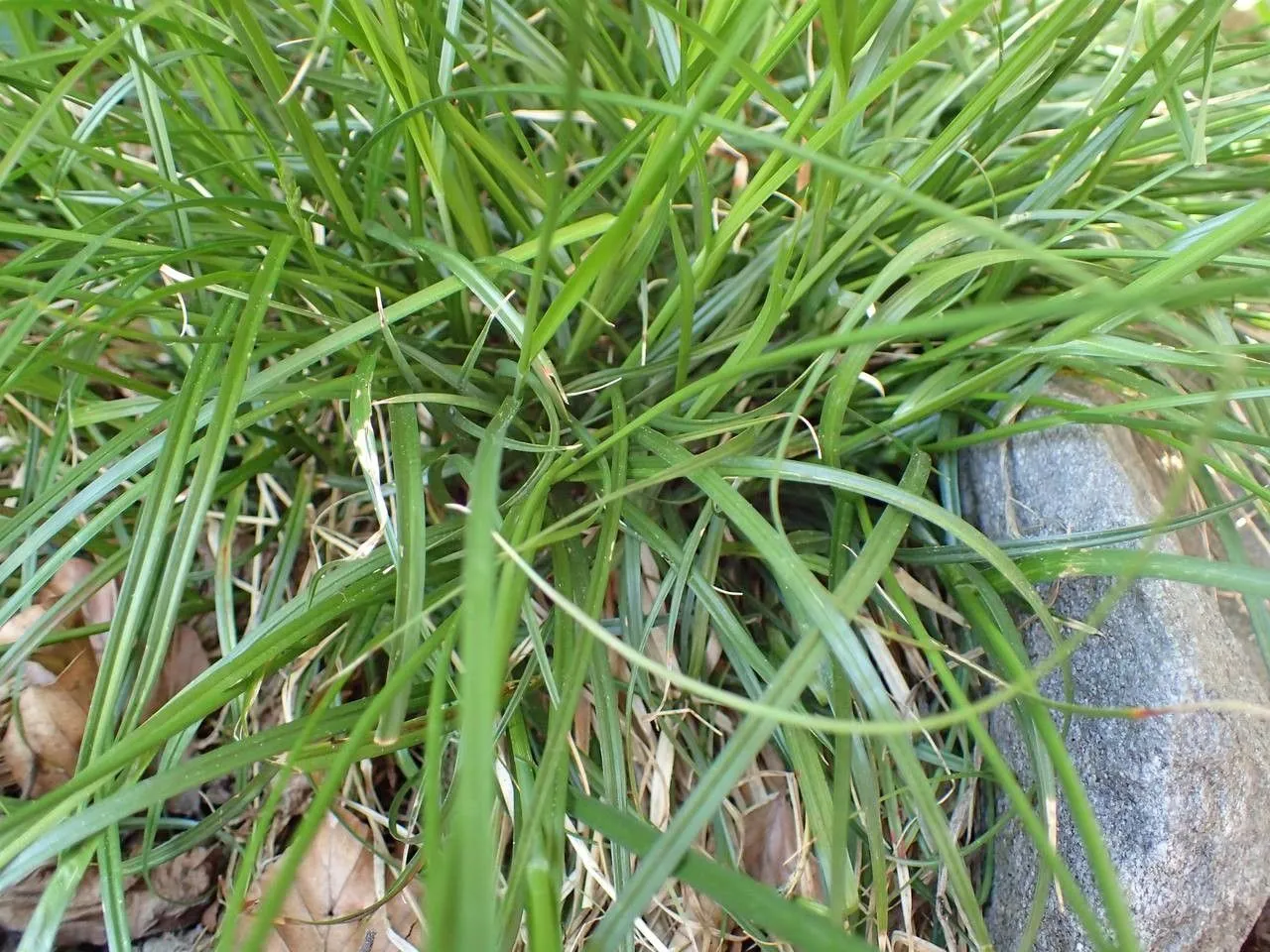
Author: F.W.Schultz
Bibliography: Flora 51: 303 (1868)
Year: 1868
Status: accepted
Rank: species
Genus: Carex
Vegetable: False
Observations: Macaronesia, NW. Africa, Europe to C. Türkiye
Pricky sedge, scientifically named Carex pairae, is a perennial grass-like plant belonging to the Cyperaceae family. First documented by F.W. Schultz in 1868 in the botanical reference Flora 51: 303, this sedge has a widespread presence throughout parts of Macaronesia, northwestern Africa, and extends across Europe to central Turkey.
Description and Characteristics:
Pricky sedge is well-adapted to a variety of climates and terrains, thriving in both temperate and subtropical zones. It typically inhabits moist, well-drained soils often found in grassy meadows, along riverbanks, and in woodland clearings. The plant is notable for its slender, grass-like foliage and spiky seed heads, which give it the common name “Pricky sedge.” The leaves are narrow, elongated, and sharply edged, while the seed heads are clustered and bristly, helping the plant to spread effectively.
Habitat and Distribution:
Carex pairae can be observed across a diverse range of regions, reflecting its adaptability and resilience. In Macaronesia, it can be found on various islands, often flourishing in coastal and lowland areas. In northwestern Africa, this species is typically encountered in wetland regions and montane ecosystems. Its distribution across Europe spans from western areas, through central regions, to as far east as central Turkey, where it occupies temperate woodlands and grasslands. The plant’s ability to thrive in different environmental conditions highlights its ecological versatility.
Ecological Importance:
As a member of the Cyperaceae family, Pricky sedge plays an important role in its ecosystem. It often provides habitat and food for various wildlife, including insects and small mammals. The plant’s dense growth can help stabilize soil, reducing erosion and maintaining the integrity of wetland areas. Moreover, its presence in diverse habitats underscores its importance in maintaining regional biodiversity.
Conservation:
While Carex pairae is not currently listed as threatened, its habitats are often vulnerable to human activities such as agriculture, urbanization, and climate change. Conservation efforts aimed at protecting natural habitats are essential for ensuring the continued survival of this species. Maintaining wetland areas, promoting sustainable land use practices, and restoring damaged ecosystems are critical measures for preserving the natural habitats where Pricky sedge thrives.
In summary, Carex pairae, or Pricky sedge, is a versatile and ecologically significant plant with an extensive range from Macaronesia and northwestern Africa to central Turkey. Recognized for its distinctive appearance and environmental importance, this species underscores the need for effective conservation practices to protect its natural habitats.
Deu: pairas segge
Dan: pigget star
Nob: bleik piggstarr
Nno: bleik piggstorr
Swe: snårstarr
Nld: dichte bermzegge
En: Pricky Sedge, Small-fruited Prickly-sedge
Da: Pigget star
Nl: Dichte bermzegge
Fr: Laîche de Paira, Laiche de Paira
De: Pairas Segge, Dichte Segge
It: Carice di Paira
Nb: Bleik piggstarr
Nn: Bleik piggstorr
Sv: Snårstarr
: Pricky sedge
Taken May 1, 2019 by melli (cc-by-sa)
Taken May 3, 2022 by Patrice Bracquart (cc-by-sa)
Taken May 24, 2017 by Yoan MARTIN (cc-by-sa)
Taken Jan 23, 2020 by lena magne (cc-by-sa)
Taken Jan 31, 2020 by kokoss kokoss (cc-by-sa)
Taken Aug 15, 1999 by Photoflora – Jean-Luc TASSET (©)
Taken Aug 15, 2010 by Photoflora – Jean-Luc TASSET (©)
Taken May 15, 2002 by Photoflora – Jean-Luc TASSET (©)
Taken May 24, 2017 by Yoan MARTIN (cc-by-sa)
Taken May 24, 2017 by Yoan MARTIN (cc-by-sa)
Taken May 24, 2017 by Yoan MARTIN (cc-by-sa)
Taken May 24, 2017 by Yoan MARTIN (cc-by-sa)
Taken May 24, 2017 by Yoan MARTIN (cc-by-sa)
Taken May 24, 2017 by Yoan MARTIN (cc-by-sa)
Taken May 24, 2017 by Yoan MARTIN (cc-by-sa)
Taken Aug 15, 2010 by Photoflora – Jean-Luc TASSET (©)
Taken May 15, 2006 by Photoflora – Jean-Luc TASSET (©)
Taken Aug 15, 2011 by Photoflora – Jean-Luc TASSET (©)
Taken May 15, 2007 by Photoflora – Benoit BOCK (©)
Taken May 24, 2017 by Yoan MARTIN (cc-by-sa)
Taken Jun 9, 2019 by Tela Botanica − Jean-Claude Bouzat (cc-by-sa)
Taken Jun 9, 2019 by Tela Botanica − Jean-Claude Bouzat (cc-by-sa)
Taken Jun 9, 2019 by Tela Botanica − Jean-Claude Bouzat (cc-by-sa)
Taken Jun 9, 2019 by Tela Botanica − Jean-Claude Bouzat (cc-by-sa)
Taken Jun 9, 2019 by Tela Botanica − Jean-Claude Bouzat (cc-by-sa)
Taken Aug 15, 2010 by Photoflora – Jean-Luc TASSET (©)
Taken May 15, 2007 by Photoflora – Benoit BOCK (©)
Taken Jan 1, 1970 by Photoflora – L’Abbé COSTE (©)
Taken Aug 15, 2018 by Photoflora – Benoit BOCK (©)
Taken May 15, 2007 by Photoflora – Benoit BOCK (©)
Growth habit: Graminoid
Ph maximum: 6.5
Ph minimum: 5.5
Light: 5
Atmospheric humidity: 5
Soil nutriments: 5
Family: Myrtaceae Author: (F.Muell.) K.D.Hill & L.A.S.Johnson Bibliography: Telopea 6: 402 (1995) Year: 1995 Status:…
Family: Rubiaceae Author: Pierre ex A.Froehner Bibliography: Notizbl. Bot. Gart. Berlin-Dahlem 1: 237 (1897) Year:…
Family: Sapindaceae Author: Koidz. Bibliography: J. Coll. Sci. Imp. Univ. Tokyo 32(1): 38 (1911) Year:…
Family: Asteraceae Author: A.Gray Bibliography: Pacif. Railr. Rep.: 107 (1857) Year: 1857 Status: accepted Rank:…
Family: Fabaceae Author: Medik. Bibliography: Vorles. Churpfälz. Phys.-Ökon. Ges. 2: 398 (1787) Year: 1787 Status:…
Family: Aspleniaceae Author: (Cav.) Alston Bibliography: Bull. Misc. Inform. Kew 1932: 309 (1932) Year: 1932…